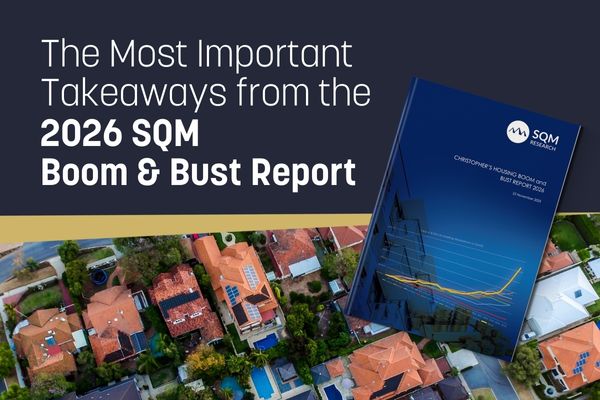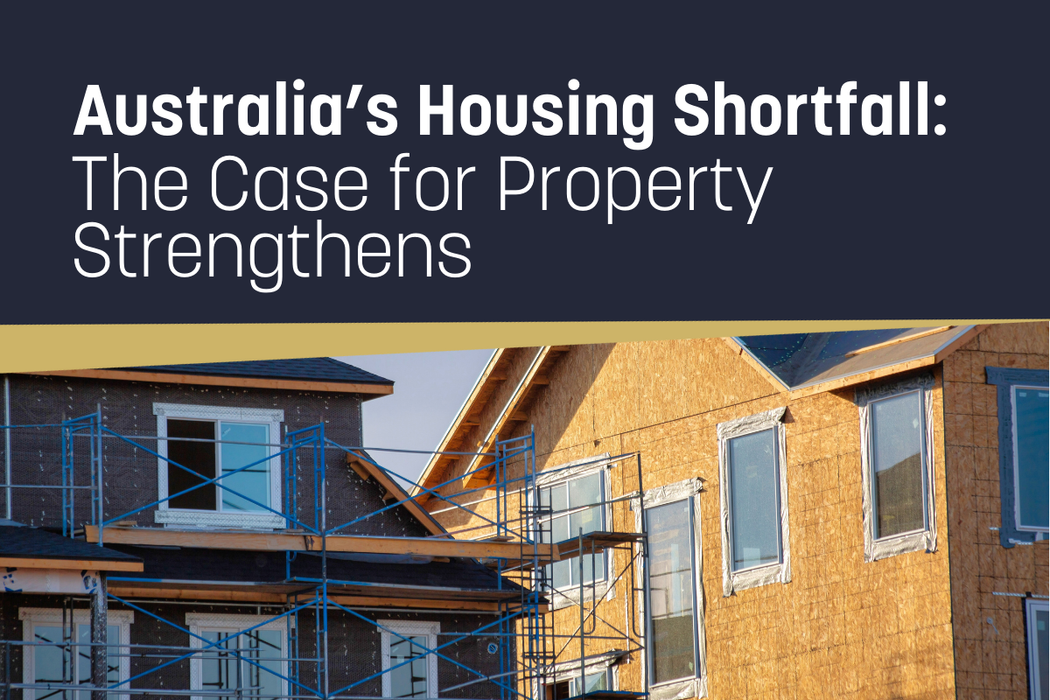Property's long term track record in building wealth.
Melbourne
|
Residential

Property’s long term track record in building wealth
“The trend is your friend” Marty Zweig, investor, academic and author.
Coined in the furnace of the Chicago commodity trading pits, This statement has provided investors with a sound principle for decades. The only caveat being that the factors that established the trend in the first place must hold true.
In Australia, like other prospering economies around the world, the long-term trend of property prices has been consistent appreciation. Not everywhere, and not always, but for the most part and for most people. The housing market continues to dominate all other asset groups and forms the majority of Australian’s wealth.
Let me start by providing a fascinating link: https://www.savings.com.au/home-loans/australian-house-prices-over-the-last-50-years-a-retrospective
It graphically represents the average growth of house prices in our capitals over the past 54 years from 1970. In other words, it presents the clear trend. And in nominal terms, undiminished by inflation and other factors, this trend is constant and spectacular. But nominal prices in an inflationary world can be misleading,
So, let’s use an alternative guide. For thousands of years gold has been the primary source of monetary value and store of wealth. Only relatively has our money been decoupled from gold. Until 1973, for example, the US dollar was backed by gold reserves and at least in theory, a holder could exchange their bank notes into bullion if desired. Let’s use ounces of gold to provide an independent perspective of the real change of value of property.

The accompanying table shows the median house prices of the 4 major capitals in 1975, and how many ounces of pure gold you would have parted with in 1975 in exchange for an average home. We note 48 years ago 115 gold “Kangaroos” would have bought you a house in Sydney, and 91 on average anywhere in Australia.

Today houses are a lot dearer. Yes, on average houses are more luxurious, but on smaller plots of land, so it probably evens it out a bit. We note that even though gold is up 12-fold in price, it now costs 462 ounces for a house in Sydney, compared to 115 back in 1975.
But does our gold-based metric succeed in a reality check?

The accompanying table is Woolworth’s specials in 1973 compared to current prices. You will note that real, long-term inflation has probably averaged 4.5% p.a. over the past 51 years. But using gold as a proxy for real money I calculated 5.5%? Have a look at this …

Remember those Coles “feed your family on $10” meals campaign of 2017, with Curtis Stone as executive chef providing detailed recipes of delicious meals, that were independently costed to prove the ingredients could be purchased for only $10 at a Coles? Well, they’ve recently been re-costed, and the average meal now costs between $22 and $25.00. I’ve used the delicious Cottage Pie recipe which now costs $23.50 as an example. Food inflation the past 7 years has averaged 13% p.a. And that is why the average this Century is 5.5% compared to 4.5% for a longer average. Things are increasingly more expensive/ unaffordable. That is why we need investments to make ends meet.
But can we still rely on property?

The most fundamental of the factors driving property values are an increase in the number of people needing a home, and their ability to afford one. In real terms, population growth in the 2000s has averaged 1.5% p.a. and the growth in our economic output has averaged 3.3% p.a. over this period. In other words, we still retain demand for property and we have increased capacity to pay for that demand. The forces driving the trend remain intact.
Saving is a great strategy during times when prices are falling, but it destroys wealth when prices are relentlessly rising. To stay afloat we need to invest. The trend over the past 50 years has proven that property is a reliable store of value, a great source of passive income, an engine of wealth creation and a reliable hedge against inflation and creeping poverty.







